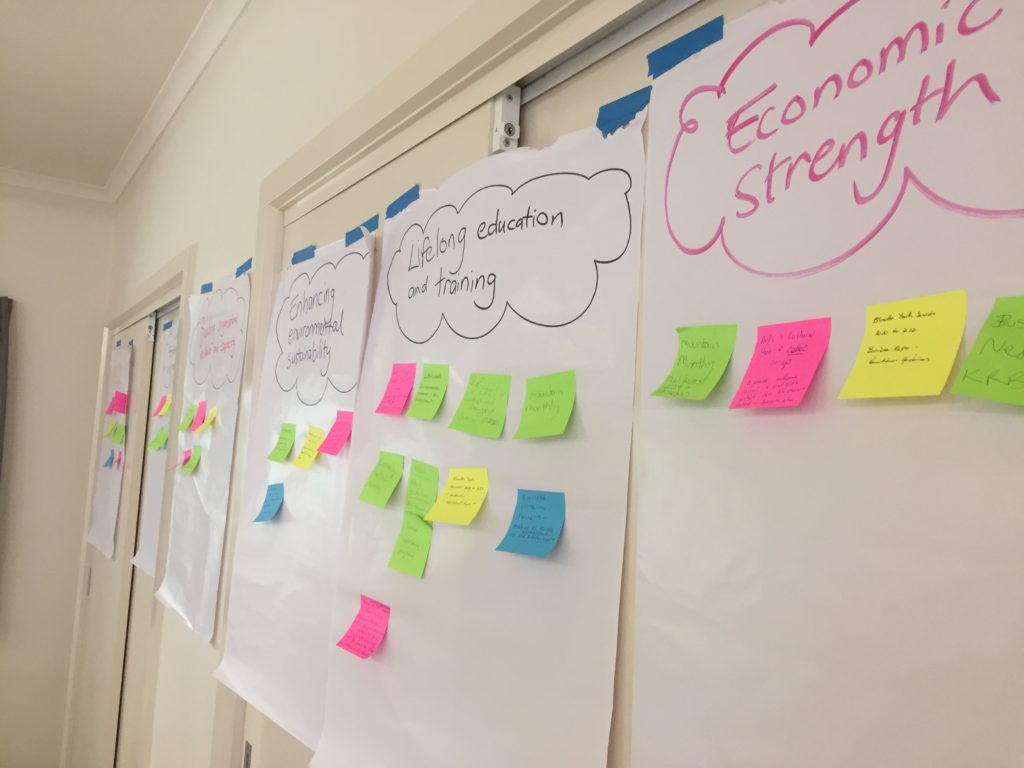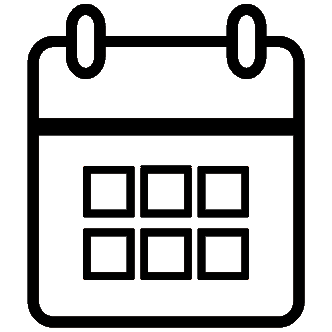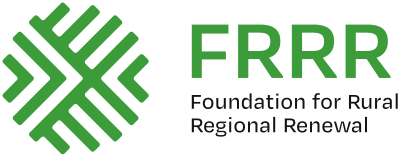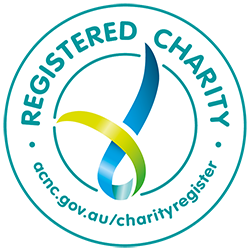Grants for Resilience & Wellness (GR&W) Kinglake Ranges

The GR&W Kinglake Ranges program had a specific focus on providing assistance towards community-strengthening and resilience-building projects for communities in the Kinglake Ranges that were affected by the 2009 Victorian bushfires.
It recognised that while the fires were in 2009, recovery takes time and an important part of community recovery is having opportunities to connect, share experiences, enhance individual and community wellbeing and resilience, and to build strength and capacity for the future.
The GR&W Kinglake program was open to all community groups and not-for-profit organisations in Kinglake, Kinglake Central, Kinglake West, Pheasant Creek, Toolangi and Flowerdale.
Proudly supported by

The GR&W Kinglake Ranges program has ended
I have a question, who can I talk to?
Brooke Williams
recovery@frrr.org.au
1800 170 020

Recipient Announcements
What are the program objectives?
FRRR works collaboratively with communities impacted by natural disaster and organisations that work with the communities in the recovery process, to provide support and assistance for medium-to-long term recovery. The GR&W Kinglake Ranges program aims to support the following priority outcomes:
- Improved mental health and wellbeing of communities and individuals;
- Enhanced wellbeing and resilience of pre-school, primary and secondary school aged children and young people;
- Strengthened community connectedness, sense of place and community identity; and
- Increased community capacity for preparedness for future disasters.
Is this grant available in my area?
Round 6 of GR&W Kinglake is open to all community groups and not-for-profit organisations in Kinglake, Kinglake Central, Kinglake West, Pheasant Creek, Toolangi and Flowerdale.
How much funding is available? Are there priority areas?
In total there is approximately $180,000 available for distribution for grants up to $25,000 or higher by exception. Applications for grants exceeding $25,000 or projects relating to government-owned infrastructure and/or sporting activities will need to be discussed with FRRR prior to submission. Charitable projects that were identified and supported within the local community based planning and align to the VBAF objectives and intent are highly encouraged.
What can be funded?
Projects must directly assist those individuals and communities in the Kinglake Ranges that have been affected by the 2009 Victorian bushfires:
- The project must identify a specific distress / hardship caused by the bushfires which the activity intends to relieve.
- Projects must be for a charitable purpose (benefit the wider community: not an individual, business, or members of particular groups).
- Projects must be able to demonstrate wide community support and involvement of a range of community groups / representatives.
- The project must not duplicate an existing project or service.
What can’t be funded?
There are several areas that we can’t fund through this program. If in doubt, please contact us.
- Projects that support core business and areas of responsibility of Federal, State or Local Governments;
- Ongoing core organisational operational costs (e.g. rent, utilities, regular wages, loan repayments);
- The encouragement or advancement of sport, recreation and social activities are not considered charitable activities under Australian law. Applications from sporting organisations need to clearly demonstrate charitable outcomes and benefit to the wider community that are above and beyond the sporting activities of the club;
- Overseas travel and overseas projects;
- Prizes, gifts, trophies or awards;
- Political lobbying;
- Projects that primarily benefit private business or private interests;
- Projects solely focused on animal welfare.
Is my organisation eligible?
To apply, you must meet the following criteria:
- Be a not-for-profit community-based organisation in the Kinglake Ranges that was affected by the Victorian 2009 Bushfires, including: Kinglake, Kinglake Central, Kinglake West, Pheasant Creek, Toolangi and Flowerdale communities;
- Applicant organisations must be a not-for-profit organisation with either an Incorporation Certificate and/or an ABN. If you are unsure if your organisation is a registered not-for-profit (for example, if you are a Co-operative, Other Unincorporated Entity, Public Company or Trust), please contact FRRR;
- Not-for-profit organisations with or without DGR-1 endorsement are eligible;
- Project must offer clear public benefit (i.e. has a charitable purpose);
- Organisations can submit one application per grant round.
Please note, you will be considered ineligible if the:
- Application is submitted by individuals, sole traders, private or commercial businesses (as per the submitted ABN);
- Application is submitted by an organisation that is not a legal entity, without the written consent of the governing / partnering body who holds the ABN / Incorporation number;
- Application is submitted without required financial documentation (see additional information on the second tab);
- Final report/s from any FRRR grants awarded in the previous seven years have not been acquitted (delivery organisations should check with legal organisation to see if there are any outstanding final reports);
- Application is for a project or activity that has already occurred / is occurring prior to the announcement of funding;
- Projects that support core business and areas of responsibility of Federal, State and Local Governments are ineligible.
- Application is incomplete. NOTE: Due to the volume of applications received, applications are assessed based on the documentation received at the time of application. FRRR is unlikely to follow up missing documentation after applications have been submitted.


